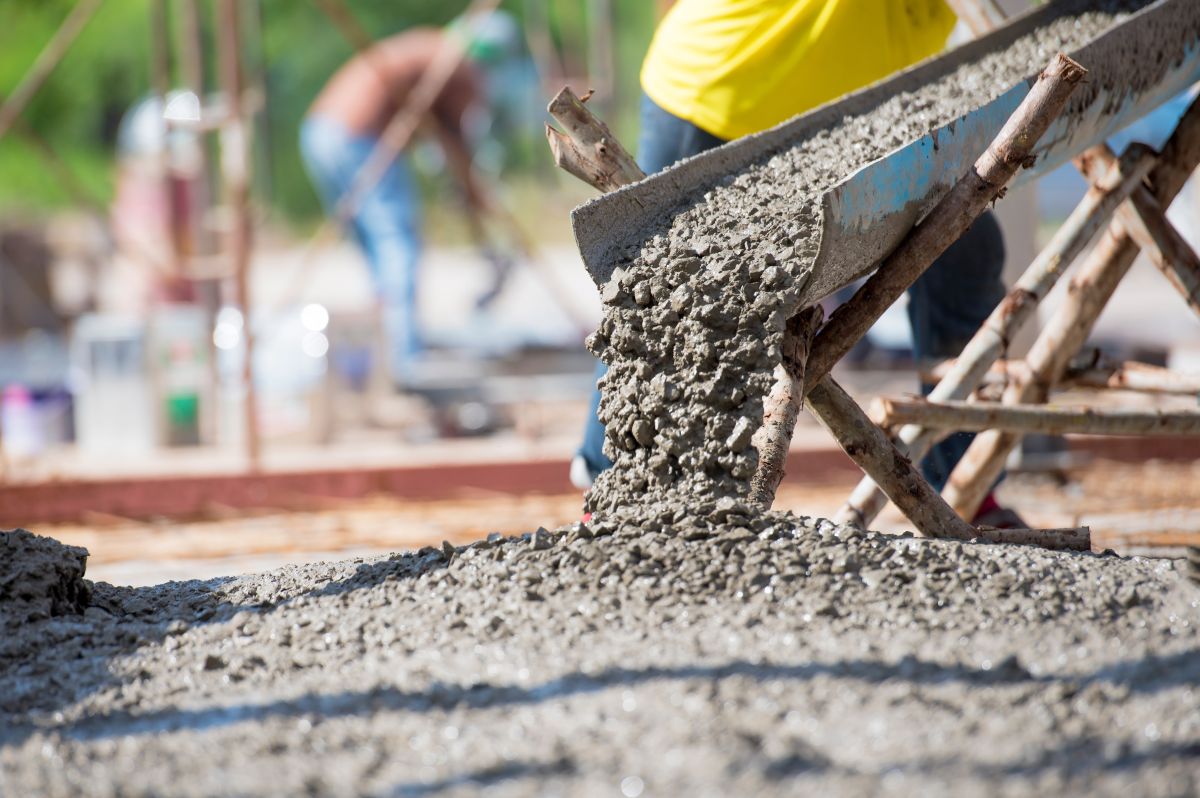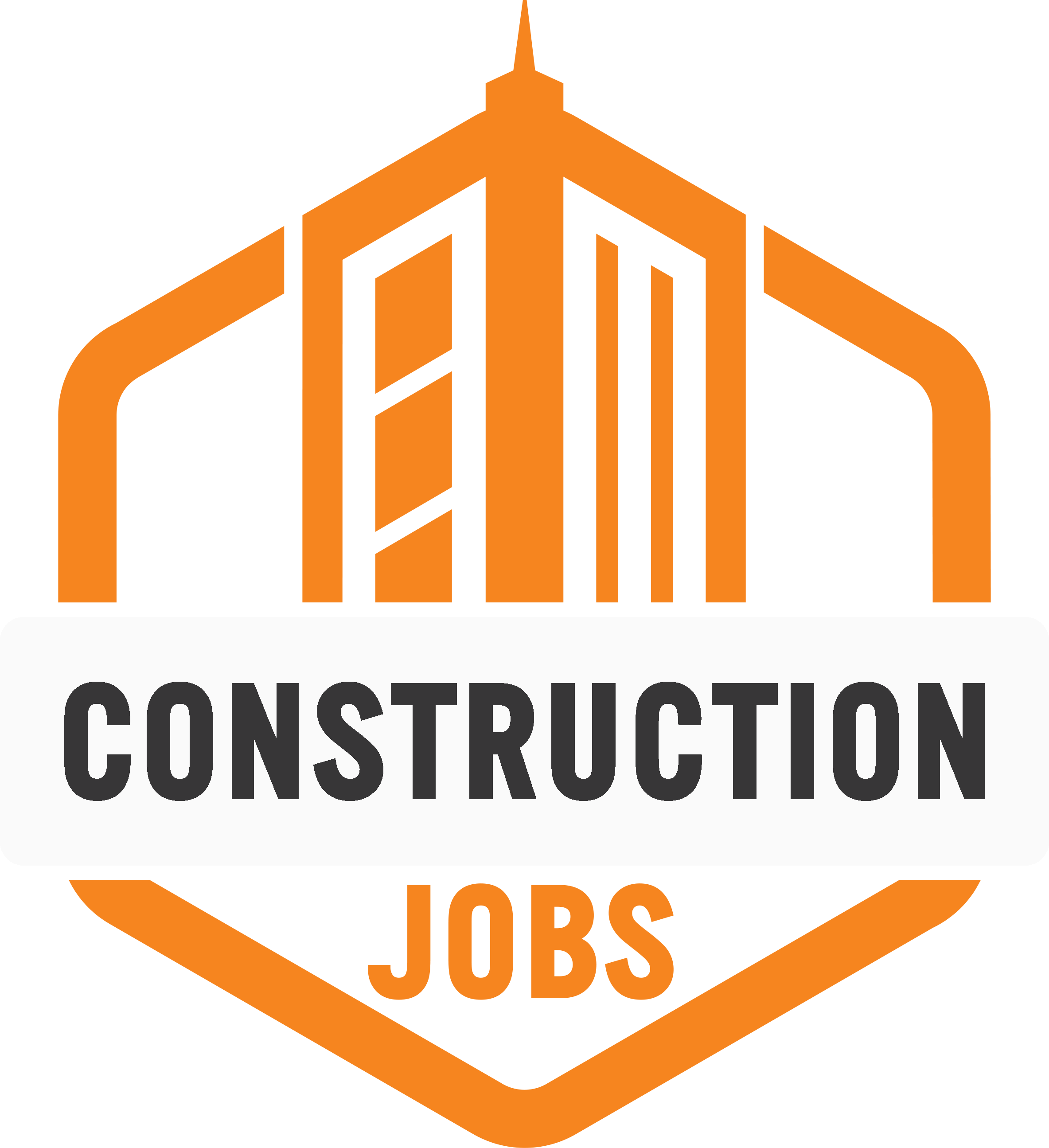The Future of Infrastructure: Concrete Innovations Construction Workers Should Know About
Concrete plays a role in every major piece of infrastructure, from the bridges and highways we traverse to the homes we live in.

Across the globe, one of the most ubiquitous pieces of construction material is concrete. It is both strong and affordable, making it an essential component of construction across all sorts of social and economic aspects.
However, concrete isn’t exactly considered sustainable. In fact, it has quite a negative environmental footprint, accounting for nearly 8% of global carbon emissions alone. This impact poses a significant problem in today’s world of rising temperatures and changing climate, which is leading many experts to attempt to develop something that is a bit more environmentally friendly and sustainable while still maintaining the features concrete is known and loved for.
A More Sustainable Concrete?
There are multiple types of technologically innovative concrete that could improve infrastructure, and the development of more sustainable concrete is underway at a number of research institutions across the world. Each institution is applying strategies to help make concrete more sustainable. Overall this means that we could end up with several different solutions that all could work together to help solve the environmental issues with concrete.
One example of a more sustainable concrete is called Ultra-High Performance Concrete, which is only 80% traditional concrete and 20% fibers ranging from polyester to stainless steel. The mix is more durable and has a higher strength-to-weight ratio than traditional concrete and has a lifespan that is up to 50 years longer. Aside from that, it is considered more environmentally friendly because less water and energy are needed to make it and it releases less carbon into the atmosphere.
Another example of a more sustainable option under development is charcoal concrete. Researchers in Ireland are working to develop a strategy that takes leftover wood products and waste and turns them into a new type of charcoal concrete that both creates a recycling process for difficult wood wastes and produces concrete that is less environmentally damaging. Some studies indicate that the technology could drastically reduce the carbon footprint of concrete and may even help to make the whole process carbon neutral.
The Right Concrete for the Right Location
It is no secret that even though most of the world is thoroughly dependent upon concrete it does have some drawbacks. Aside from being carbon-intensive to make, concrete is a pretty rigid substance and can crack and break over the years. It is also subject to erosion and other natural forces that reduce its lifespan.
Fortunately, many new developments in concrete are also working to help address some of these issues. One of the most exciting is self-healing concrete, which contains bacteria that can release calcium carbonate when exposed to water. This allows the concrete to “heal itself” by filling in cracks before they become too large to manage. Technology such as this can play a major role in helping build resilient coastal homes that are facing a heightened risk of erosion, flooding, and associated infrastructure damage.
Bendable concrete is another example of innovative solutions that could help make infrastructure safer in certain locations. Tiny fibers are dispersed throughout bendable concrete, which can increase the tensile strength by between 300 and 500 times. Concrete made with this technology is more capable of withstanding sustained weight or natural disasters such as earthquakes, making it a good option for roads, bridges, and buildings in areas prone to tectonic plate movements.
More Innovations on the Horizon
Recent government investments into infrastructure are fueling a push to develop more sustainable construction practices in general. This funding bump has greatly increased the efforts going into developing new concrete solutions that could make a real difference in addressing our aging infrastructure issues and tackling climate change problems at the same time.
One example of this dual perspective is photovoltaic concrete, which is coated with a thin photovoltaic film that can integrate into a solar-energy system. Initial estimates suggest that this type of concrete could be more efficient than traditional solar panels and may generate upwards of 30% of a structure’s energy.
Another concrete that aims to address some of our infrastructure and climate goals at the same time is pervious concrete. This concrete uses very fine sand, creating “chucky” concrete that is porous and allows rainwater to more easily travel through it. It can be used to better manage storm water runoff and reduce the number of contaminants that are flushed into waterways. Although it may not be quite as strong as traditional concrete — which may limit its uses — this type of concrete can greatly improve waterway health and help reduce temperatures in cityscapes.
Conclusion
The world of concrete is expanding quickly. A wide variety of concrete research is developing a number of awesome solutions that can make concrete more durable, longer lasting, and more environmentally friendly. It is a win, win, win situation!
- Share This →

